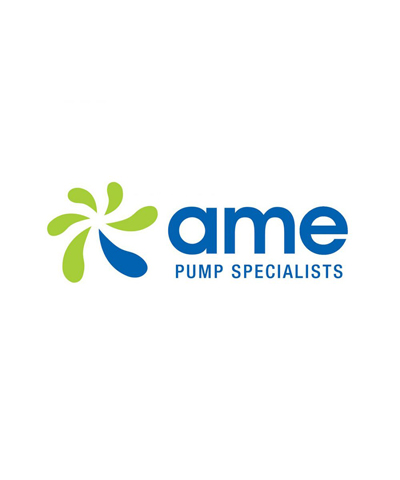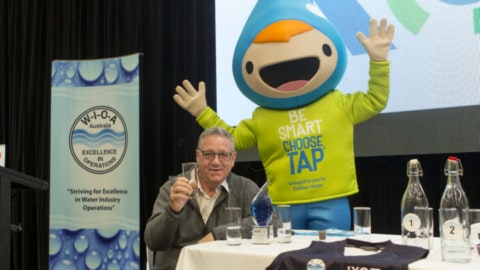Dreamworld’s parent company, Ardent Leisure, has pled guilty to failing to comply with its health and safety duty in the 2016 accident where a pump failure proved fatal for four people.
The independent Work Health and Safety Prosecutor, Aaron Guilfoyle, brought charges against Arden Leisure on Wednesday 21 July 2020.
Mr Guilfoyle charged Ardent Leisure with three charges under the s.32 of the Work Health and Safety Act 2011, for failing to comply with its health and safety duty under the Act and exposing individuals to a risk of serious injury or death.
It was alleged Ardent Leisure failed to ensure:
- The provision and maintenance of safe plant and structures
- Provision and maintenance of safe systems of work
- The provision of information, training, instruction or supervision that was necessary to protect all persons from risks to their health and safety arising from work carried out as part of the conduct of the business or undertaking
Ardent Leisure has announced it will plead guilty to all three charges, which bear a maximum penalty of $4.5 million.
The matter has been scheduled for a hearing on 28 September 2020.
Coroner James McDougall delivered his 274-page inquest findings to the Brisbane Magistrates Court on 24 February 2020, which revealed that there was a “total” and “systemic failure by Dreamworld to ensure all aspects of safety”.
Mr McDougall found that unregulated “ad hoc” modifications to the Thunder River Rapids ride had not been properly assessed for safety by a qualified engineer. In fact, it was determined that the ride had not received any such assessment since its opening in 1986.
It was also found during the inquest that managers at Dreamworld had ignored previous incidents where there had been problems on the ride, including serious incidents where rafts had also flipped in 2001, 2004, 20005, 2008 and 2014.
Mr McDougall said that, based on these findings, it was only a matter of time before a fatal accident happened.
“That time happened on October 25, 2016,” Mr McDougall said.
The water pump failure
The cause of the accident was attributed to a water pump that had the ability to pump 4,000 litres per second, failing and therefore resulting in significant water loss.
The ride was designed to carry six-person circular rafts, simulating white water rafting.
When the water reached low levels due to the pump failure, a raft, which was travelling up a ramp with wooden slats, stalled.
This resulted in a second raft colliding with the first raft causing it to flip. Two children were flung free, but the four remaining adults died when the raft smashed onto the ramp.
Under a conveyor belt were two pumps, “north and south” due to their positioning, operated by separate stop and start buttons on the main control panel.
Despite the ride operator’s hurried attempts to stop the ride, inadequate emergency features, including an overriding stop button, meant it did not happen until after the raft flipped.
The inquest also found that there was an absence of formal water markers in the trough where rafts were loaded and unloaded.
“Rather, operators were required to measure the water level by reference to a scum mark on the wall of the trough, which was made from years of the ride operating,” Mr McDougall said.
Mr McDougall said it was clear the failure of the south pump was to blame for the disaster, but that the lack of emergency safeguards was incomprehensible.
“It remains unknown and impossible to understand why the conveyor kept going if the water level dropped on the ride,”Mr McDougall said.
Unsatisfactory safety procedures
Duncan B Gilmore, an independent engineering expert from Gilmore Engineers, conducted a review and assessment of the ride.
“Having considered the design of the ride, Dr Gilmore notes that the ride is clearly dependent on an adequate water level,” the coroner’s findings state.
“When this drops, the rafts settle on the steel supporting rails and cannot travel through the watercourse, which includes at the end of the conveyor discharge point.
“This means that rafts can collide before a raft has cleared the conveyor.”
The coroner’s first recommendation of many was for reforms to Queensland’s regulatory framework with respect to the inspection of “major amusement park devices”, “given the circumstances of this tragic incident”.
Mr McDougall said that a major inspection or full risk assessment by a competent person at stipulated intervals must be completed, as suggested by the manufacturer or at a mandated duration.
After hearing the findings of the inquest in February, Ardent Leisure appointed a former Qantas safety executive, Geoff Sartori, as safety adviser to its board.
“We are well progressed on the way to global best practice,” Ardent Leisure Chairman, Gary Weiss, said.
“We want to ensure a tragedy like this never happens again.”
Barrister Bruce Hodgkinson, who appeared for Ardent Leisure at Southport Magistrates Court on Wednesday 29 July said the company would comply with the court’s orders.




















